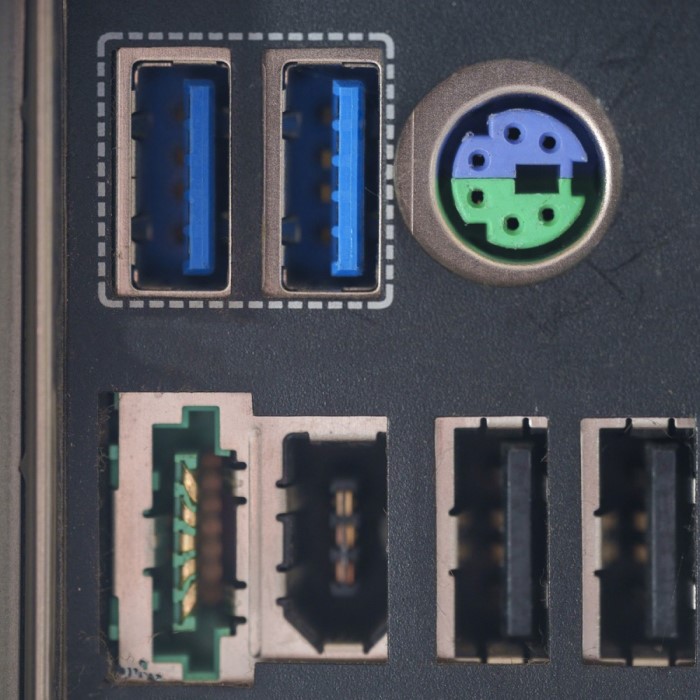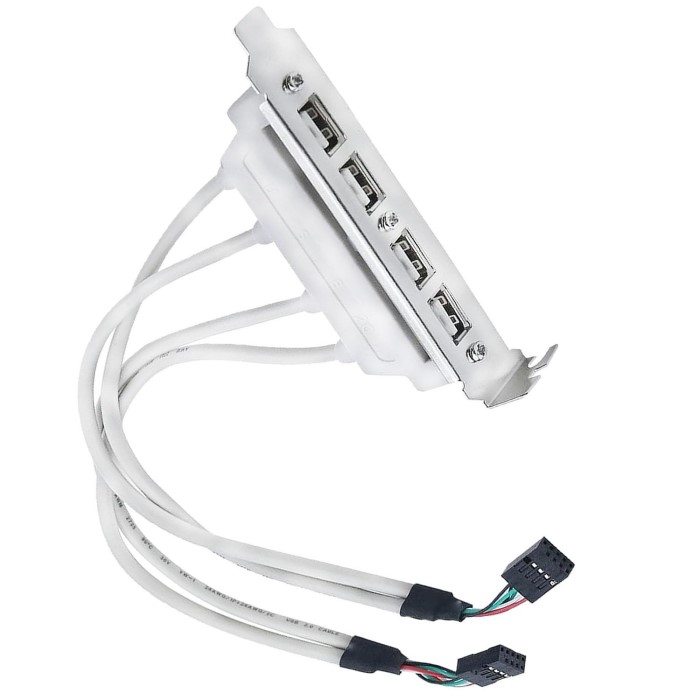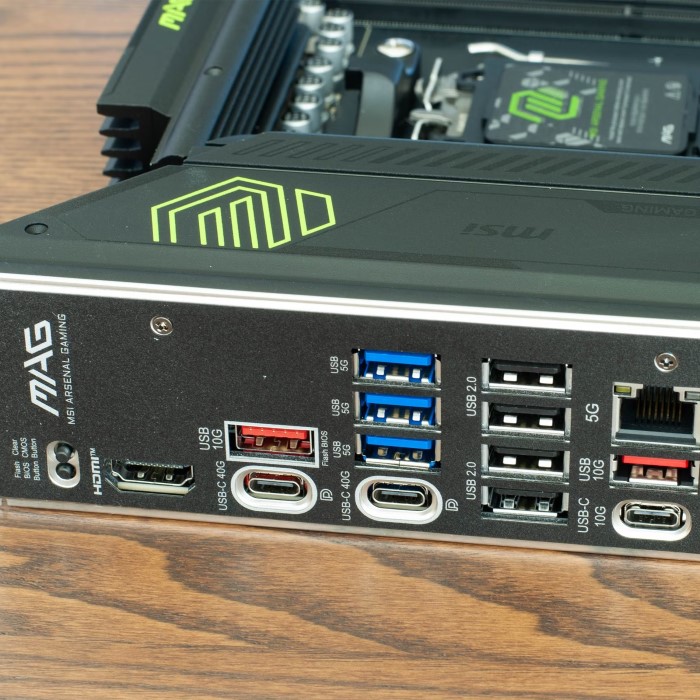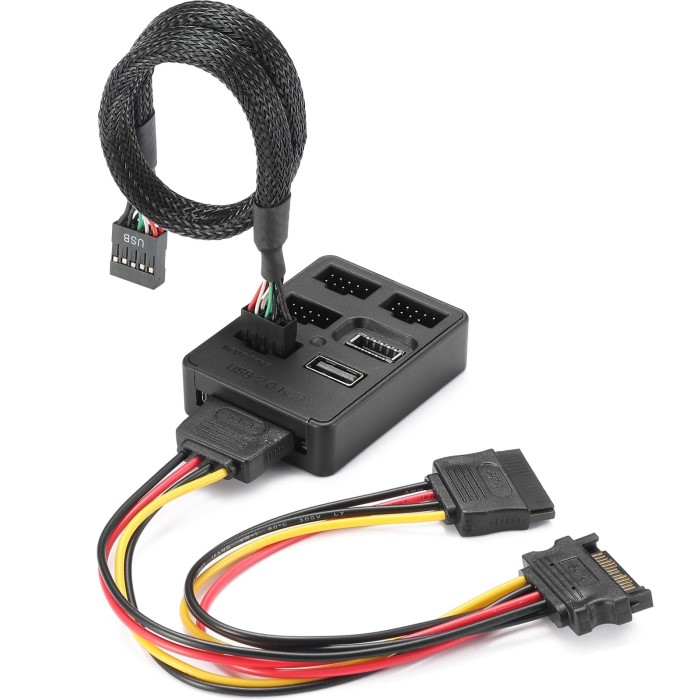Understanding USB Ports on Motherboards
In today’s technology-driven world, USB ports play a vital role in connecting devices to computers. Whether you’re connecting a keyboard, mouse, printer, or external storage, understanding how many USB ports your motherboard has can significantly impact your user experience. USB ports are not just essential for connectivity; they also determine how efficiently you can utilize devices. If you find yourself wondering, “How many USB ports does my motherboard have?” you’re not alone. This query is commonly posed by both novice builders and seasoned PC enthusiasts. This comprehensive guide will explore various methods for checking the number of USB ports, the types of ports you might encounter, and why knowing this information is crucial for every computer user.
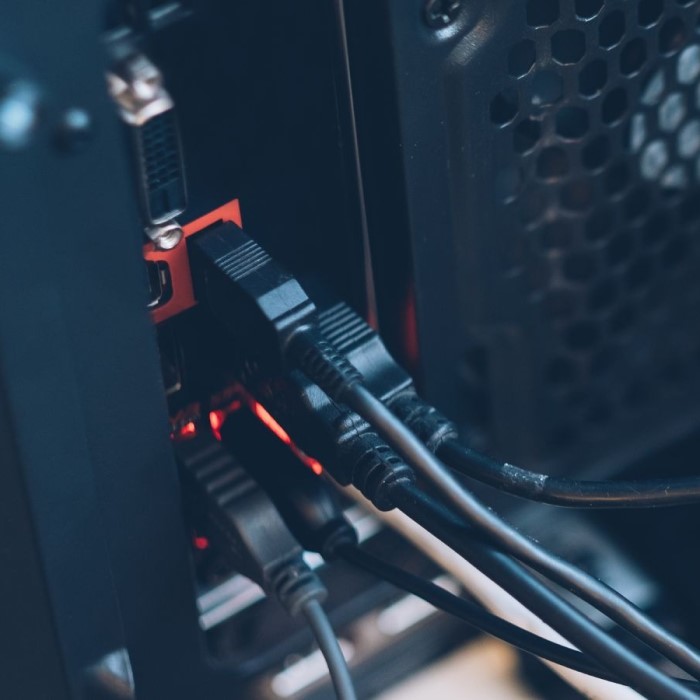
Why Knowing Your USB Port Count Matters
1. Device Connectivity and Expansion
The primary reason to know how many USB ports your motherboard has is to facilitate device connectivity. With the growing number of USB-enabled devices, the need for multiple ports is essential. For enthusiasts who connect multiple peripherals daily—like external hard drives, printers, and gaming accessories—the number of available ports can be a determining factor in their computing experience.
- Practical Example: If you have multiple USB devices, such as a gaming mouse, a printer, an external hard drive, and a smartphone, knowing how many ports you have ensures that you won’t find yourself constantly unplugging one device to use another.
2. Upgrade Opportunities
If you discover that your motherboard has limited USB ports, understanding this limitation opens the door to possible upgrades. You could invest in USB hubs to connect additional devices or even consider an expansion card.
- Enhancing Setup: With the right upgrades, you can enhance your computer setup, making it versatile enough to accommodate all your devices comfortably.
3. Compatibility with Newer Devices
Different devices have varying requirements when it comes to USB connections. Some devices may require USB 3.0 or higher, while others can operate with USB 2.0. Knowing the types and number of ports on your motherboard helps determine compatibility with new devices.
- Performance Consideration: If you primarily use devices that require higher data transfer speeds, understanding the types of USB ports on your motherboard becomes essential for optimal performance.
How to Check How Many USB Ports Your Motherboard Has
1. Physical Inspection of the Motherboard
How many usb ports does my motherboard have? One of the simplest ways to check how many USB ports your motherboard has is through a physical inspection. Here’s how to do it:
Open the Computer Case
- Preparation: Before starting any work on your computer, it’s essential to turn off the system completely. This ensures that no current is flowing through the components, preventing accidental damage or electrical shock.
- Unplugging: Disconnect the power cable from the back of the power supply unit. This step is crucial to ensure that there is no power source to the computer while you are accessing its internal components.
- Grounding Yourself: To prevent static electricity from damaging sensitive parts of the computer, ground yourself. You can do this by wearing an anti-static wrist strap, or by touching a metal part of the case. This dissipates any static charge you may have accumulated.
- Removing the Case Cover: Use a screwdriver to remove the screws holding the side panel of the case. Gently slide or lift off the panel to access the interior of the computer. Be cautious and take your time, as forcing the panel can cause damage.
Locate the Motherboard
- Finding the Motherboard: Once the case is open, the motherboard is typically the large, flat circuit board that sits at the bottom of the case. It is the component that connects all other parts of the computer together.
- Identifying USB Ports: The USB ports will usually be located along the rear I/O panel of the motherboard. This area is where you will find all the external connections for devices like keyboards, mice, and printers.
- Front-Panel USB Header: In addition to the rear USB ports, many motherboards also have headers located on the motherboard itself. These headers allow connections for additional USB ports on the front panel of the case. Check the user manual for your motherboard to identify the front-panel headers.
Count the Ports
- Identifying the Ports: Look closely at the USB ports you see on the rear I/O panel. Identify each type by examining their shapes and colors. Take note of whether they are standard USB 2.0 ports, which are often black, or USB 3.0 ports, which typically have a blue color.
- Taking Inventory: Carefully count the number of USB ports present on the motherboard. Be sure to include both the ports located on the rear I/O panel and any that may be connected via front-panel headers. Documenting this count is helpful for future reference.
- Noting Port Types and Capabilities: As you count the ports, make a record of their types (USB 2.0, USB 3.0, or USB-C). Understanding the capabilities of each port type is essential, as they support different speeds and functions:
- USB 2.0 Ports: Offer data transfer speeds up to 480 Mbps, suitable for basic devices.
- USB 3.0 Ports: Provide speeds up to 5 Gbps, ideal for high-speed devices like external hard drives.
- USB-C Ports: The newest type, capable of high data transfer rates and reversible design features, supporting various devices from smartphones to powerful peripherals.
2. Using Software Tools
If you prefer not to open your computer case, you can use software tools to check the USB ports on your motherboard.
- Windows Device Manager: On Windows, accessing the Device Manager can reveal the connected devices and their respective ports. Right-click on the Start menu, select Device Manager, and look for Universal Serial Bus controllers to see your USB devices and connections.
- Using System Information: You can type “System Information” in the Windows search bar. Once open, navigate to “Components” and then to “USB” to view detailed information about the USB ports.
3. Third-Party Applications
Several third-party applications offer detailed information about your motherboard, including USB port types and counts.
- CPU-Z: This popular utility provides extensive information about your system’s hardware. You can download it for free, install it, and navigate to the “Mainboard” tab for details.
- Speccy: Created by Piriform, Speccy gives a comprehensive overview of your system, including the types and numbers of USB ports. It provides an easy-to-navigate interface with detailed specifications.
Understanding Different USB Port Types
Knowing how many USB ports your motherboard has is just part of the equation. Recognizing the types of USB ports available is equally important. Here are the main types you might encounter:
1. USB 2.0 Ports
- Overview: USB 2.0 ports are characterized by their black or white plastic connectors. They are versatile and widely used for various devices.
- Speed Limitations: These ports offer data transfer speeds of up to 480 Mbps. While adequate for basic peripherals like keyboards and mice, they are significantly slower than newer standards.
2. USB 3.0 and 3.1 Ports
- Identification: USB 3.0 ports are easily identifiable by their blue connectors. USB 3.1 ports may also share the same design but support higher transfer speeds.
- Performance: USB 3.0 supports speeds up to 5 Gbps, while USB 3.1 can reach up to 10 Gbps. These ports are ideal for high-speed external drives and devices requiring quick data transfers.
3. USB-C Ports
- Innovation and Versatility: USB-C ports feature a small, reversible connector design. They are becoming increasingly common on modern devices for their versatility and speed.
- High-Speed Data Transfer: Depending on the USB specifications, USB-C can support data transfer speeds ranging from 5 Gbps to 40 Gbps, making it perfect for fast charging and data-heavy devices.
Frequently Asked Questions About USB Ports
1. How do I check what USB ports my PC has?
You can check your PC’s USB ports by physically inspecting the motherboard or using system information tools like Windows Device Manager or third-party applications like CPU-Z.
2. Where are the USB ports on my motherboard?
USB ports on your motherboard are typically located on the rear I/O panel. You may also find USB headers on the motherboard itself for connecting front panel ports.
3. How do I know if my motherboard has USB 3.0?
To determine if your motherboard has USB 3.0 ports, look for blue connectors on the ports. Alternatively, you can check your motherboard specifications through software tools.
4. How many USB ports are in a PC?
The number of USB ports in a PC varies based on the motherboard. Most modern motherboards include between four and ten USB ports, combining different USB versions.
Conclusion: Mastering Your Motherboard’s USB Connectivity
How many usb ports does my motherboard have? By utilizing the methods outlined in this article, you can easily determine the number of USB ports available and their types. This knowledge empowers you to make informed decisions about your computer’s setup and upgrades.
Knowing your USB port options enhances your awareness of what devices you can connect and helps you plan for any potential upgrades. Additionally, staying informed about the different types of USB connections allows you to maximize the speed and efficiency of your devices. Armed with this knowledge, you can confidently manage your connections and enjoy a seamless computing experience. Embrace the world of USB connectivity, and ensure your system is ready for all your devices!
